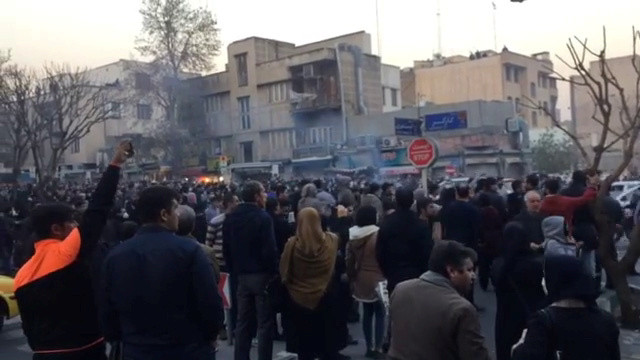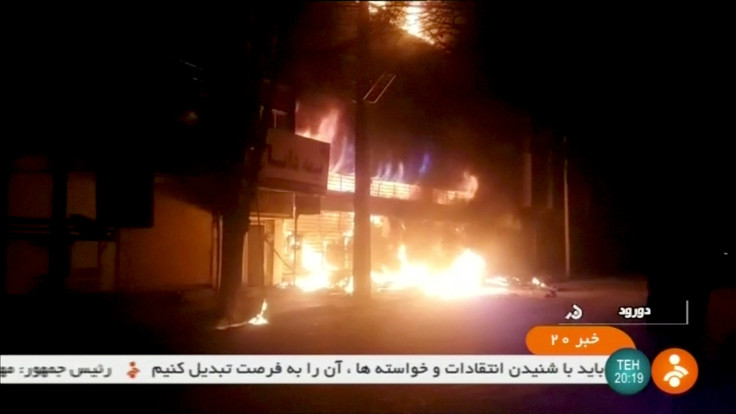Iran anti-government protests: Everything you need to know
Iran's demonstrations has entered the seventh day with no signs of dying down as Khamenei blames the unrest on "enemies".
Anti-government protests in Iran entered the seventh day on Thursday (4 January) — a situation the theocratic nation has not witnessed in nearly a decade. No less than 22 people have been killed so far in the protests, which shows no sign of dying down in the coming days despite sharp warnings from the regime. But, why are Iranians protesting and against what?
Initially, rallies began over the failing economy and falling standards of living but gradually spiralled into a larger anti-government campaign with people demanding an end to alleged corruption in state-run institutions.
Protests first started in Iran's second-largest city of Mashhad on Thursday (28 December) and then spread to other major cities, including Tehran. This is said to be the largest show of dissent against the government since 2009 when months of upheaval rocked the country after a contested presidential election which catapulted Mahmoud Ahmadinejad to the presidency.
Why are Iranians upset?
Various theories are being attached to Iran's economic woes that triggered the protests, ranging from the country's widening rift with neighbouring powers to failing foreign policy to dwindling oil prices and to international sanctions. Iranians are also upset with their government because of the series of corruption allegations at the state bodies.
For more than one reason, these protests are unprecedented as it saw for the first time a sharp public upheaval against the country's Supreme Leader Ayatollah Ali Khamenei, who holds the highest office and has the final say in all political matters.
While images of Khamenei were brought down by angry protesters, campaigners were heard chanting slogans such as "death to dictator" and "death to Khamenei" — in the country which has so far been only accustomed to chants like "death to America" and "death to Israel" in public gatherings.

How did the regime respond to the crisis?
Hundreds of protesters have already been arrested by Iranian security forces and the government repeatedly warned people against destroying public properties during the rallies. Internet services and communication channels have also been temporarily crippled by the administration in order to minimise damages.
Khamenei, in his cryptic remarks on Twitter, blamed "enemies" for the swelling demonstrations. However, he did not make it clear who he was referring to and given the situation his reference to "enemies" could mean anyone from the US to Saudi Arabia to Israel.
Washington was leading the "show of solidarity" for the anti-government campaign, with the Trump administration expressing enough support. The US ambassador to the United Nations, Nikki Haley, also called for an emergency UN gathering to discuss the crisis.
Unsurprisingly, Iran is not happy with the US' remarks and sharply hit back at Washington's intervention. "The great Iranian nation regards the opportunist and duplicitous support of the American officials for certain gatherings over the recent days in some Iranian cities as nothing but [part of] the deceit and hypocrisy of the US administration," said the Iranian foreign ministry.
Meanwhile, it is still unclear how much more of this kind of public dissent the Iranian regime would tolerate before cracking down on the protesters. After all, the 2009 Green Movement, which displayed larger numbers with millions of Iranians clamouring against the regime compared to the ongoing one, was also crushed by security forces at the end.























